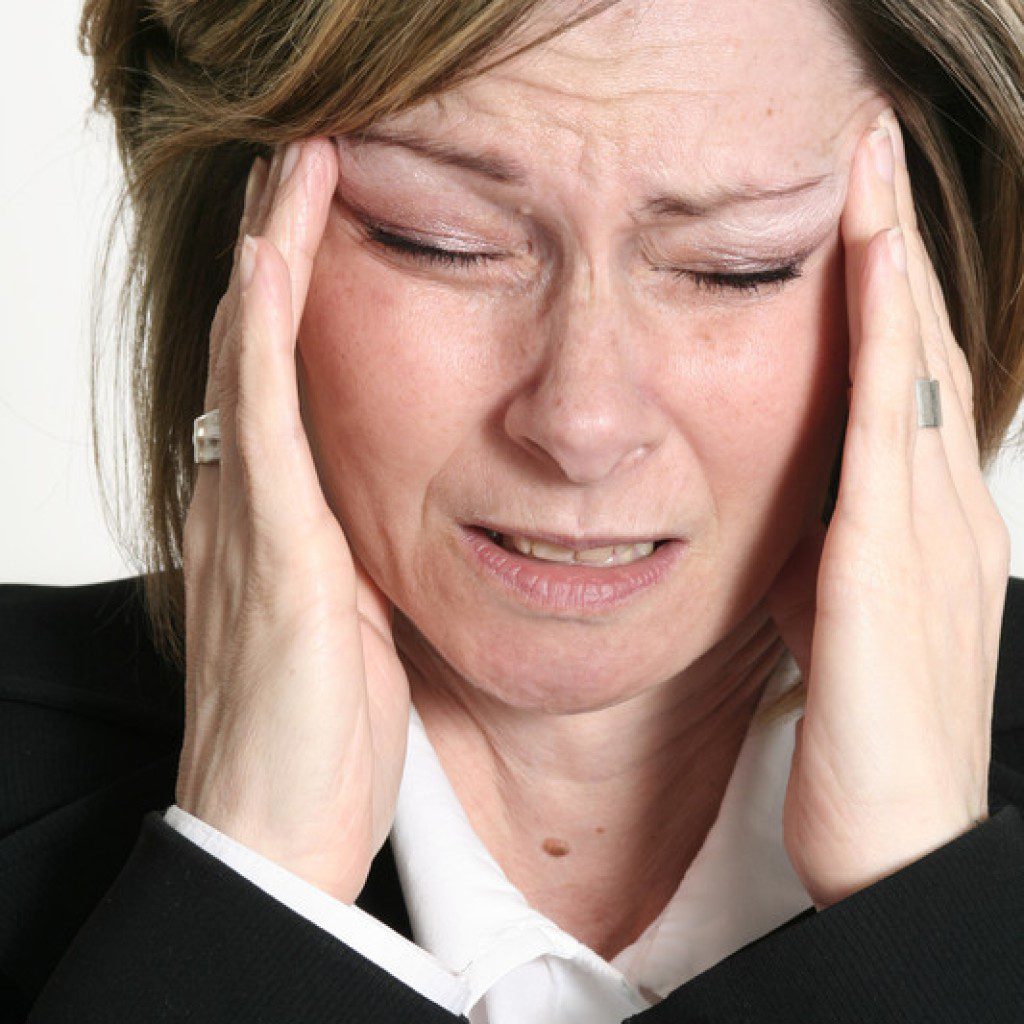
Headaches and Migraines: Natural Treatment
Headaches are a widespread problem. 90% of the population experiences one at some point in their lifetime. About 5% of the population (9% of women) suffers from chronic daily headaches. One-third of these individuals overuse pain medications on a regular basis, often without realizing they are doing so. These medications damage the lining of your stomach and/or your liver.
The Three Types of Headaches: Tension, Migraine, and Cervicogenic
Tension Headaches
Tension headaches are frequently associated with mild to moderate pain on both sides of the head or at the back of your head at the base of your skull. It is often described as “band-like” pain or feels like something is pressing tightly around the head or as the name implies, the muscles just feel tense.
Migraines
A migraine is a periodic, severe, throbbing headache. Migraines can be associated with visual changes like auras, blurred vision, nausea, and vomiting. Women appear to suffer from them more often than men. They often occur either around ovulation, in pregnancy, premenstrually, or at menopause. Migraines start with pain in, around or behind the eyes and spread to involve one or both sides of the head.
Cervicogenic headaches
A cervicogenic headache is a headache that originates in the cervical spine but is perceived to be arising in the head. These headaches can respond extremely well to chiropractic treatment.
There are other headache types like sinus, weather-related, and concussion-related. Regardless of the type, natural treatment can help.
What Causes Migraines?
There are a variety of factors that may cause or contribute to migraines:
Hormones
Because migraines occur more often in women and often occur at pivotal points in the menstrual cycle, there appears to be a relationship between hormones and migraines.
Histamine
There are 2 sources of histamine:
- Internally released from white blood cells known as basophils or mast cells. Vitamin C and vitamin B6 help stabilize these cells. These vitamins also help with breaking down histamine released by your body.
- Introduced from externally by ingesting foods that contain histamine. This includes foods that are pickled, preserved or prepared and stored. In your gut, you have an enzyme called DAO to break down this source of histamine. Some people don’t produce enough DAO. We supplement with this enzyme to see if it helps.
A whole blood histamine test may help determine whether histamine is causing or contributing to your migraines.
Serotonin
There is some speculation that migraines may be related to an imbalance in serotonin. Vitamin B6 and magnesium help your body to make serotonin in normal amounts. If you are deficient in these vitamins and minerals, your brain isn’t able to make the proper amounts of neurotransmitters like serotonin.
Natural Treatment for Headaches and Migraines:
Naturopathic Doctors
Naturopathic doctors help people with migraines and headaches. We identify and help resolve triggers like:
- food allergies/sensitivities
- caffeine
- vitamin/mineral deficiencies like B6, C, and magnesium
- hormonal imbalances that can trigger PMS and menopause-related headaches and migraines.
We also use acupuncture to relieve headache pain and prevent future recurrences.
Any of the above treatments can also safely help kids with headaches.
By Dr. Pamela Frank, Naturopathic Doctor, updated March 18, 2025
Natural Treatment for Headaches and Migraines: Research
Acupuncture
Linde K, Allais G, Brinkhaus B, Fei Y, Mehring M, Shin B, Vickers A, White A. Acupuncture for the prevention of tension-type headaches. Cochrane Database of Systematic Reviews. 2016; DOI: 10.1002/14651858.CD007587.pub2.
● A review of 12 trials with 2349 adults found that acupuncture treatment compared with sham acupuncture or the usual care was superior in reducing the frequency of tension-type headaches.
Acupuncture, Massage Therapy and Relaxation Techniques:
Nahin RL, Boineau R, Khalsa PS, Stussman BJ, Weber WJ. Evidence-based evaluation of complementary health approaches for pain management in the United States. Mayo Clin Proceedings. 2016; 91(9): 1292-1306.
● The review found the following complementary approaches had more positive results in helping patients maintain the following chronic painful conditions:
o Acupuncture and yoga are effective for back pain
o Acupuncture and tai chi are effective for osteoarthritis of the knee
o Massage therapy is effective for neck pain
o Relaxation techniques are effective for severe headaches and migraines
Acupuncture:
Zhao L, Chen J, Ying L, et al. The long-term effect of acupuncture for migraine prophylaxis: a randomized clinical trial. JAMA Intern Med. 2017; DOI: 10.1001/jamainternmed.2016.9378.
● This study found that acupuncture significantly decreased the frequency of migraine attacks when compared to sham acupuncture and control groups.
Magnesium:
Many individuals who experience migraine headaches also have low levels of magnesium; therefore magnesium supplementation may be beneficial to those with migraines. Source: J Neural Transm. 2012 May; 119(5):575-9.
Magnesium oxide supplementation was found to significantly reduce the severity and frequency of migraine headaches. Source: Complementary Prescriptions Journal, Vol.26, Issue 12, Dec. 2012
Ginger:
The ginger powder was found to significantly decrease migraine severity two hours after supplementation in patients with an acute migraine without aura. Source: Phytother Res. 2013 May 9
Lippia alba:
Hydroethanolic extract of Lippia alba leaves was found to reduce pain by 50% in 70% of patients and decrease the number of headache days. Source: Phytomedicine. 2013 Jul 15;20(10):947-50.
Lavender:
Inhalation of lavender essential oil for 15 minutes was found to partially or entirely help migraine headache patients. Source: Eur Neurol. 2012; 67(5):288-91.
L-carnitine:
Daily L-carnitine supplementation reduces the severity and frequency of migraine headaches. Source: Complementary Prescriptions Journal, Vol.26, Issue 12, Dec. 2012
Pinus radiata bark extract:
Treatment with Pinus radiata bark extract and vitamin C reduced the number of headache days and headache severity by more than 50% after 12 months. Source: Acta Neurol Taiwan. 2013 Mar;22(1):13-21.